You’ve heard of the largest animal on the planet, the blue whale, but what about its smaller cousin?
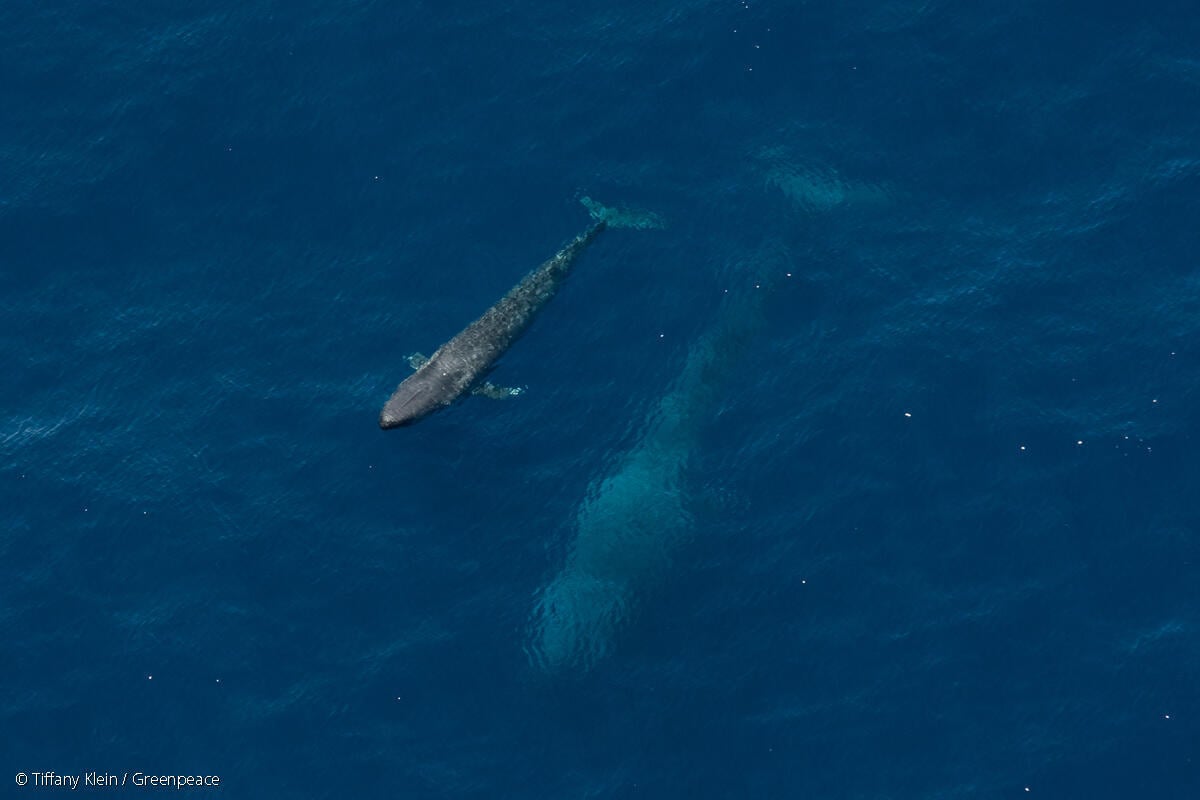
First identified living in the waters of the Indian Ocean and the South-West Pacific in 1966, Pygmy blue whales are an Australian-specific subspecies of blue whales, scientifically known as Balaenoptera musculus.
So besides the obvious size difference, what else makes this sets this subspecies apart from the real deal?
Here are six interesting facts about Pygmy blue whales:
1. Blue-gene baby
They may look like something straight out of Avatar, but science tells us that Pygmy blue whales evolved from ‘true’ blue whales thousands of years ago, during the Earth’s Last Glacial Maximum.
It’s thought that the expansion of ice drove most of the blue whale population further north, and voila! Along came Pygmy blue whales.
2. It’s all in the nose
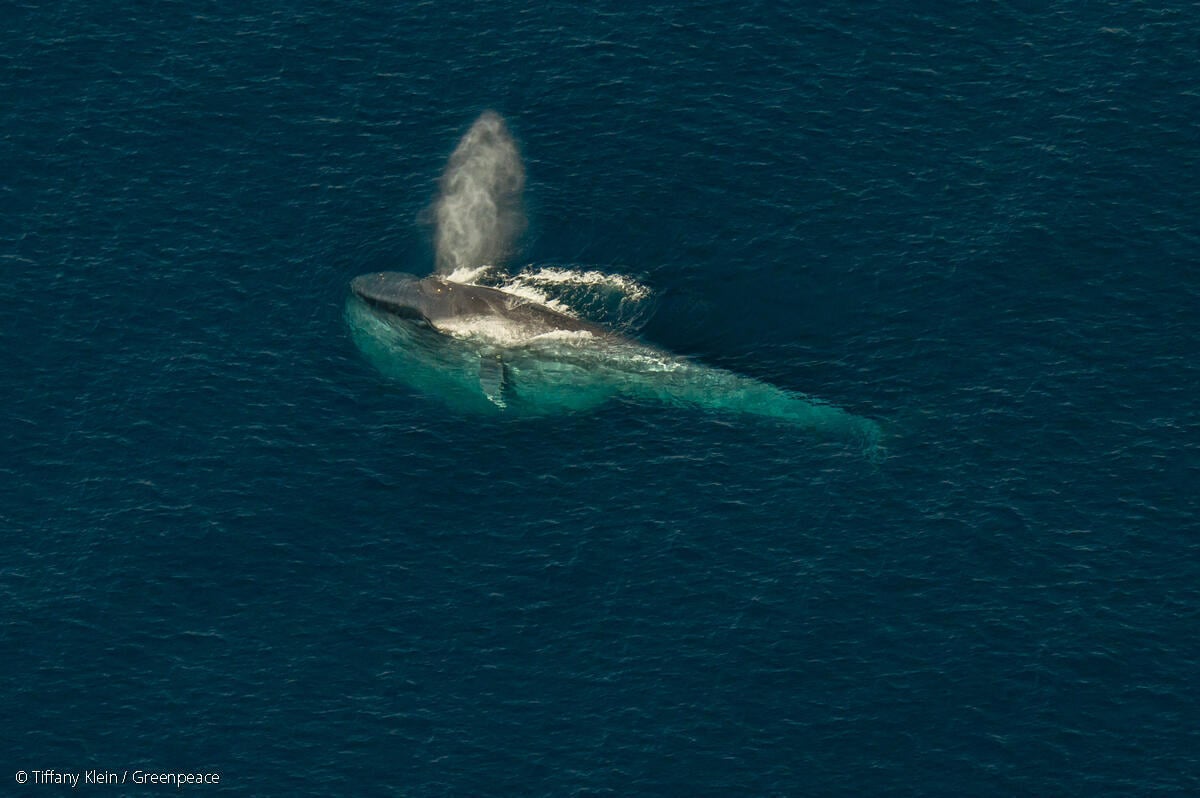
Interestingly, Pygmy blue whales are believed to sing in a different language or “song” than other species of blue whale, avoiding interbreeding.
Other distinguishing characteristics of a Pygmy blue whale include a larger head and baleen plates, with a smaller tapering tail fluke.
They also have typically darker skin than other subspecies of blue whales, and their blowhole is a different shape too.
3. They may be small, but they are still mighty
A Pygmy blue whale can reach up to lengths of 24 meters and weigh up to 90 tonnes (‘true’ blue whales can reach lengths of up to 30 meters and 200 tonnes).
ICYWW: That’s ten African elephants!
4. They are gentle giants of the sea
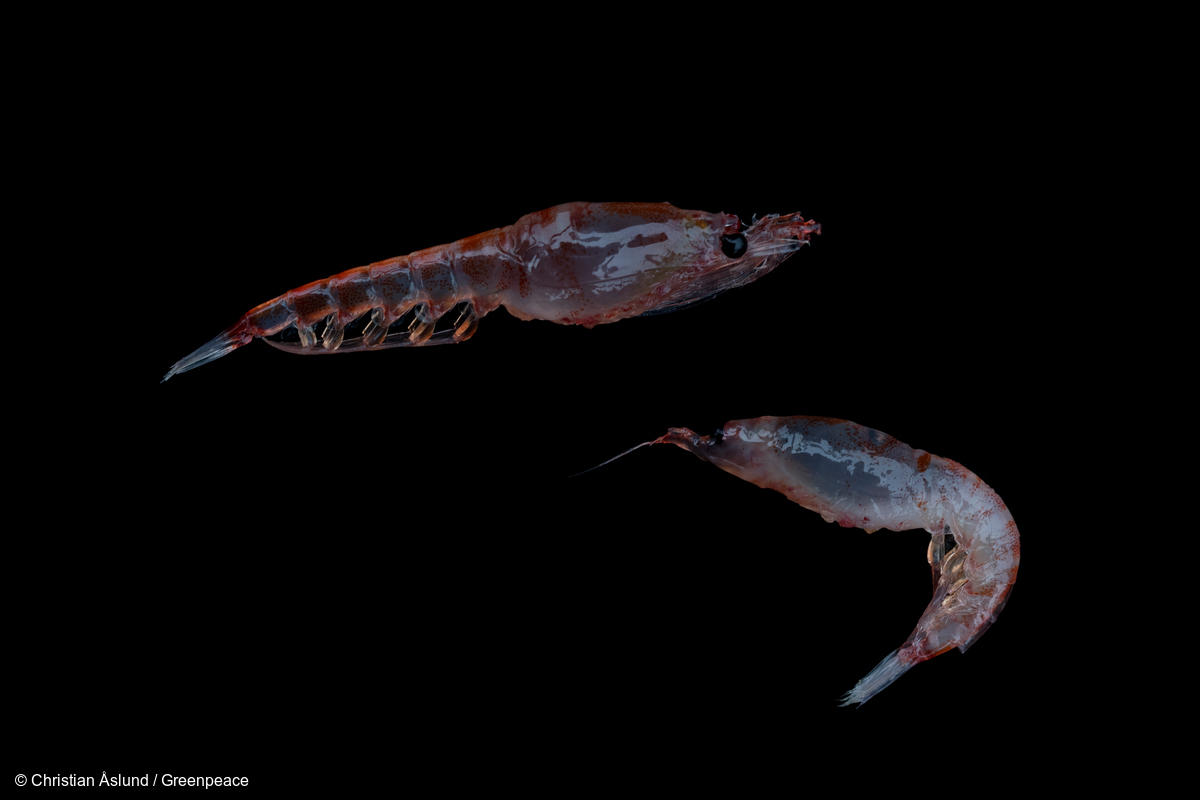
It’s ironic that the largest living animals on the planet feed on the smallest, don’t you think?!
Similar to other baleen whales, Pygmy blue whales meet their nutritional requirements to sustain their heavy bodies by feeding on small crustaceans (aka krill).
Scientists believe that some Pygmy blue whale populations may inhibit a particular area throughout the year, whilst others undertake an annual migration to Antarctica.
5. They are a whale of wisdom
The estimated life cycle of a Pygmy blue whale is thought to be similar to human beings, around 70 to 90 years. However, we are still learning about these majestic creatures of the deep, and their true lifespan remains a mystery to scientists.
6. And sadly considered an Endangered species
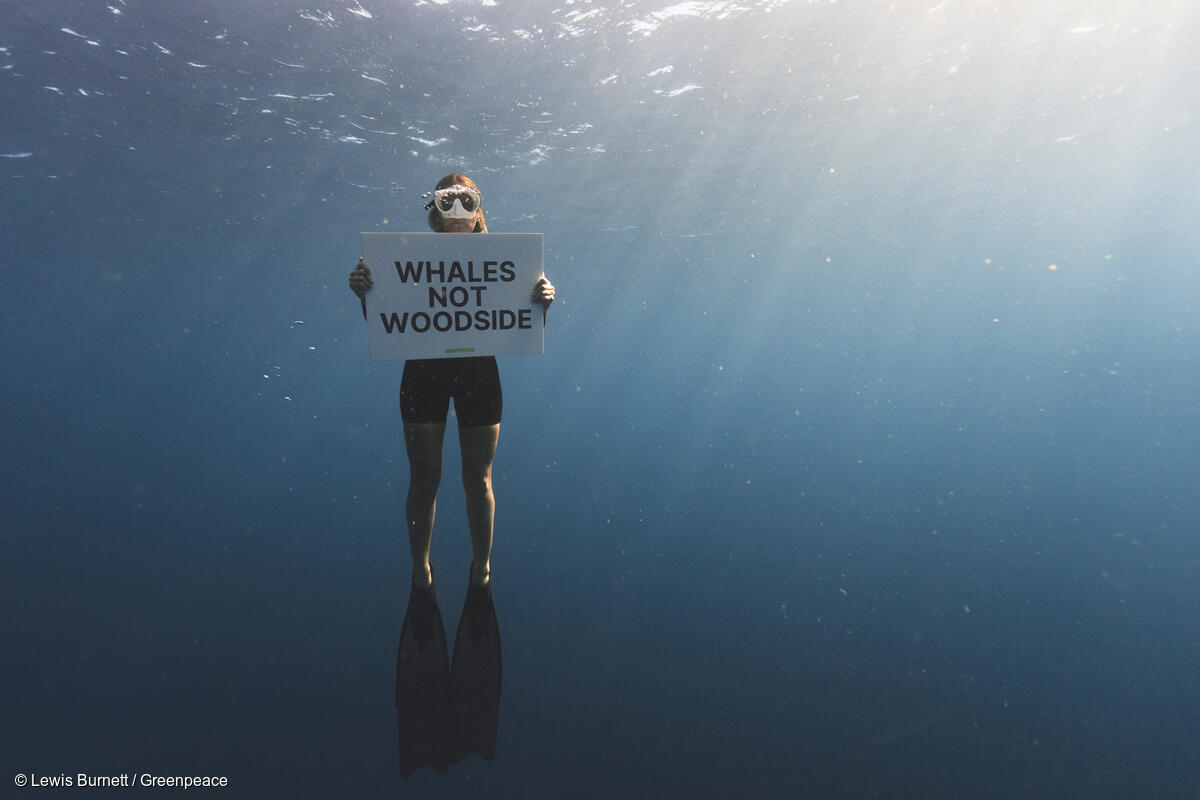
Taken on a Greenpeace boat tour to document and bear witness to landscapes and marine life that may be affected by Woodside’s planned gas expansion project off Western Australia.
The Pygmy blue whale is currently listed as Endangered under the Australian Environment Protection and Biodiversity Conservation (EPBC) Act.
Sightings are extremely rare. And ongoing threats from boat strikes, unsustainable fishing practices, oil spills, plastic, and noise pollution, plus others, means their recovery rates remain largely a mystery to scientists.
This is especially concerning with gas giant Woodside Energy currently trying to conduct seismic blasting in Western Australia as part of its deep-sea gas drilling project in the Burrup Hub.
You can help us fight back and protect majestic marine life like the Pygmy blue whale by signing our petition.
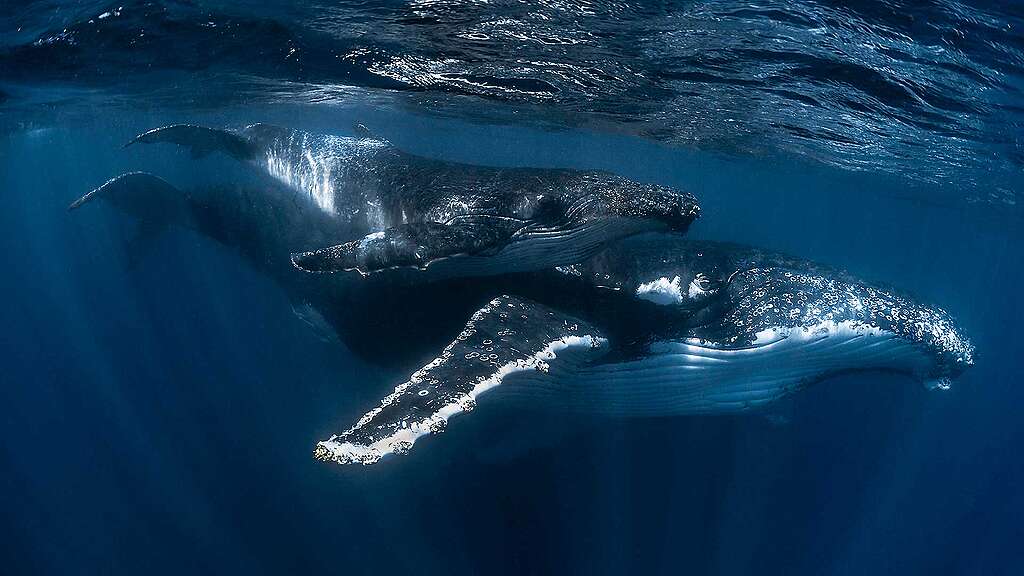
Woodside plans to drill up to 80 gas wells off the coast of WA in some of the world’s most biodiverse waters – including 50 wells around Scott Reef. Pristine coral reefs, pygmy blue whales, endangered turtles and countless other marine life in Western Australia’s oceans are all at risk. We have the tools to stop Woodside. With your power behind us, we will.

